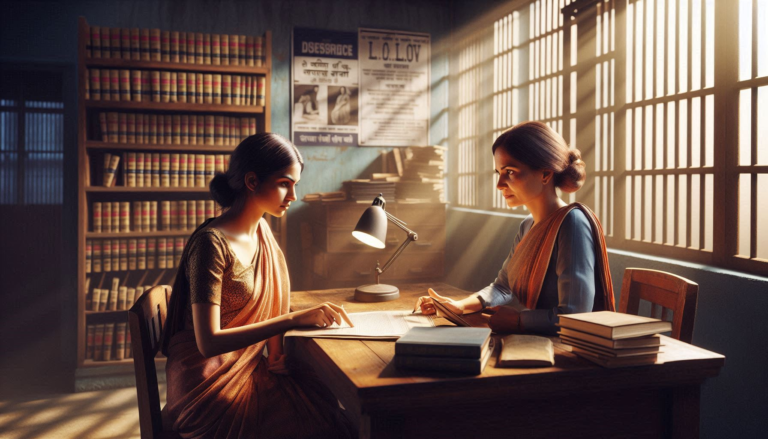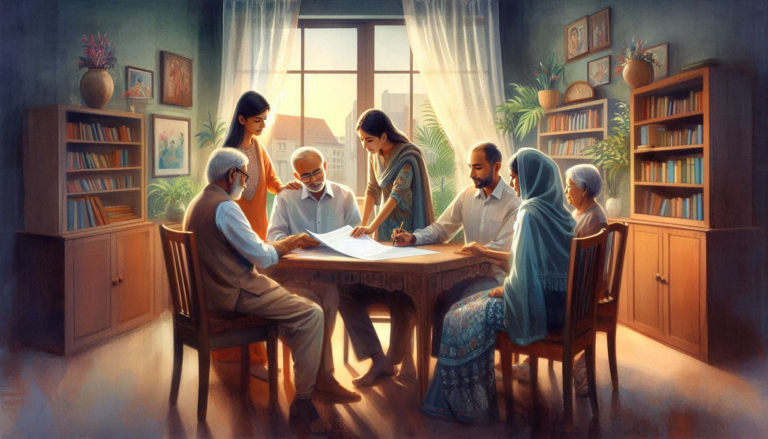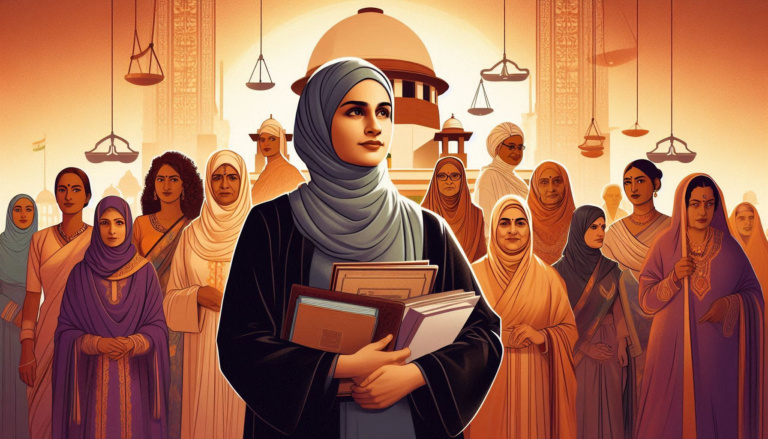
“Be truthful. Be kind. Be resilient. Be smart.”
All children grown up in a society with hopes and aspirations of one day leading that very society to the ultimate stage of development and success. What if it was said that, not all children won’t be given the same amount of rights. Some children would be given an upper hand in the long fight, because of various entitlements. The sweat marks on the uniforms are no joke, when the older generations state, “This generation, they have it all.” Yes. They do have it all. Including injustice.
Let’s paint a scenario. You apply for a job. There are one hundred vacancies. And ten thousand people have applied. They tell you to sit for an exam. You prepare hard for that exam. You answer all the questions. But you don’t have quota. And 56% seats are reserved for people with quota. Let’s say, two thousand fall into the categories of the quotas. If the math is done, correctly, eight thousand people with have to fight for 44 vacancies. The reality is much harsher.
A BRIEF HISTORY
In 1972, freshly after being independent, an order issued by the Ministry of Cabinet Services and the quota system for the new Bangladesh Civil Service (BCS) was introduced. Here, 30 percent of the jobs were reserved for freedom fighters, 10 percent for affected women from the Liberation War, and 40 percent for people of various districts. The rest, 20 percent allocation on merit for recruitment to government jobs.
In 2012, BPSC added a one percent quota for persons with disabilities, taking the total percentage of quota reserved jobs to 56 percent, as opposed to 44 percent reserved for merit.
In 2018, following nationwide protests against this quota system, a government circular cancelled the quota system for first- and second-class jobs. However, on June 5, 2024, the High Court ruled on a writ petition filed by the descendant of a freedom fighter and six others. The HC said the 2018 circular was illegal, meaning quotas were re-established in government recruitment once more. The government appealed this ruling.
THE QUOTA MOVEMENT OF 2024
Students engaged in large-scale protests, demanding a reform of the quota system. Sweeping blockades across the country created difficulties for everyday people. The appeal hearing on the High Court ruling was set to take place on Wednesday, July 10. In the petition, it has been argued that keeping provision of quotas in the public service is a policy decision of the government and the court cannot interfere. The HC in the full text of the judgement, which was released on July 13, has also directed the government to restore and maintain the quotas for “districts, women, physically challenged people, tribes, minor races, ethnic groups and others, if any,” and to publish a notification in this regard as soon as possible, preferably within three months from the date of receipt of this order. The HC also said the government can change, reduce or increase the ratio or percentage of the quotas in public jobs, if necessary, and can fill the vacant posts from the general merit list if any quota in government recruitment is not fulfilled. On 15 July 2024, students of Dhaka University were sitting with placards and flags in a peaceful protest calling for reforms on the quota allocation for government jobs in Bangladesh. Suddenly, they were attacked by individuals armed with rods, sticks and clubs with a few even brandishing revolvers. Within hours, a pattern emerged across the country with similar attacks coordinated by people believed to be members of the Bangladesh Chatra League (BCL), a group affiliated with the ruling Awami League (AL), against student protesters.
By 18 July, 32 deaths were reported as the authorities continued to attack the protesters. The highest number of deaths reported in a single day was 75 – on 19 July. The Government proposed a discussion, but the protesters rejected it in the face of a mounting death toll. Not only protesters, but journalists and bystanders too were assaulted and killed during the crackdown.
Then the entire country went offline when the government imposed a communication blackout, leaving the world to guess what was happening. In the days to follow, the notorious Rapid Action Battalion (RAB), the Border Guard Bangladesh (BGB), and the Army were deployed across the country and a “shoot at sight” curfew was imposed.
Five days later, internet restrictions were partially lifted. More than 200 people had been killed in less than 10 days and thousands more injured. Few countries have witnessed such a death toll in such a short duration of time. According to media reports, at least 2,500 people have also been arbitrarily arrested and around 61,000 protesters named as accused persons in cases.

Protests in Dhaka. Source: The Dhaka Tribute.
THE FINAL VERDICT BY THE SUPREME COURT
On 22July, the final verdict from the supreme court was released which stated that there will be 93% jobs based on merit as opposed to the on before which had 56%.
THEN WHAT LED TO OUTRAGE?
The poor handling of the situation which led to almost 300 people being killed in just two weeks forced the protesters to fight for an one point demand, the collapse of the current government.
On 4August alone, reportedly 90 people had died across the country. This was the highest amount of recorded death trolls in a single day. Authorities imposed a “shoot-on-sight” curfew from 6pm. The streets were filled with police and military unit to maintain decorum. But thousands of people marched largely, defying the curfew even though small clashes took place around the nation. The Anti- Discrimination Student movement scheduled a “Long March to Dhaka” on 6th August which was later rescheduled to be held a day earlier. This was deemed to be the final battle which time showed that it indeed was.
MILITARY TAKEOVER AND MEETING OF DIFFERENT PARTY LEADERS
The PM submitted her resignation at around 1 pm and left the country at around 3pm.The military has announced it has taken control and will be forming an interim government until elections can be held.
The military chief, Gen Waker-Uz-Zaman, has called on protesters to return to their homes and promised an investigation into the killings. He also mentioned that the curfew will be lifted and there won’t be violence and firing anymore.
A helicopter reportedly took Hasina from Dhaka to India and she is expected to seek asylum abroad.

Students celebrating after the PM’s resignation was announced. Source: The Daily Star
A RED BLOOD MEDIA PORTEST AND THE 35TH OF JULY
“I have never seen so much red, not even in a flower or in an afterglow, I keep on seeing red but this red catches the eye.”- Nirmalendu Goon
People all over different medias were changed their profile pictures to different shades and tints of red as a sign of support to the on-going protests. It was stated that the bloody month of July won’t end until justice was served. Hence, with the resignation on 5August (35 JULY), the bloody month of July ended.
THE AFTERMATH
The country went into a state of frenzy as a number of official buildings including National Parliament were taken over by the protestors. A huge amount of national resources were destroyed. The official residence of the PM was also torn apart by the people so was the Bangabandhu’s home on the 32nd street in Dhanmondi.
The violence didn’t stop right away with Army Chief’s orders. A number of reports stated that amidst the celebrations, there a number of open fires all across Dhaka, notably in Uttara, Jatrabari and Badda area, which took place in intervals well in the late hours of the day. The students have also reported to start protests again if the interim government doesn’t get formed within the said time.
HOW DID WE END UP HERE?
Many are hoping the country will not fall into the same patterns as before. It was one mistake after the other that led to this situation. The Awami League and BNP have tussled for power since the 1990s, when democracy was restored after a period of military rule, but the role of students in the recent protests has raised hopes of an alternative to break the cycle.
People are determined to not make the same mistake again. Khaleda Zia came to power after her husband and Sheikh Hasina came after her father. An unwritten no nepotism policy might be implemented in the realm of politics in Bangladesh in the coming years, as no one willing to utter the words, “It was a bad decision letting Hasina go.”




